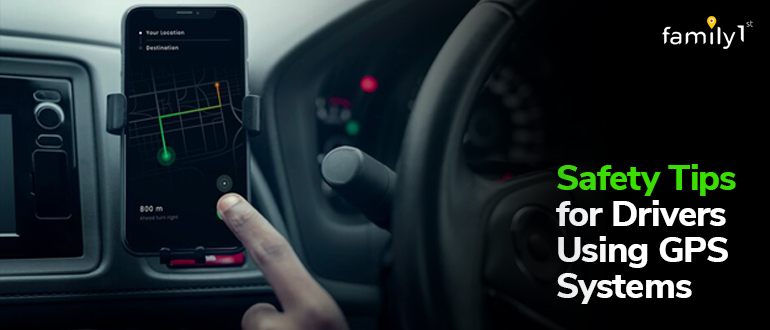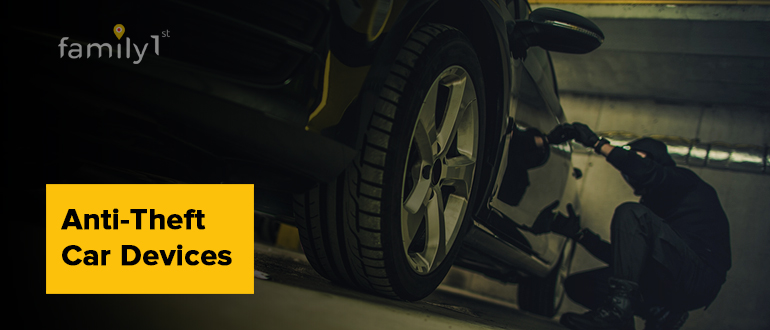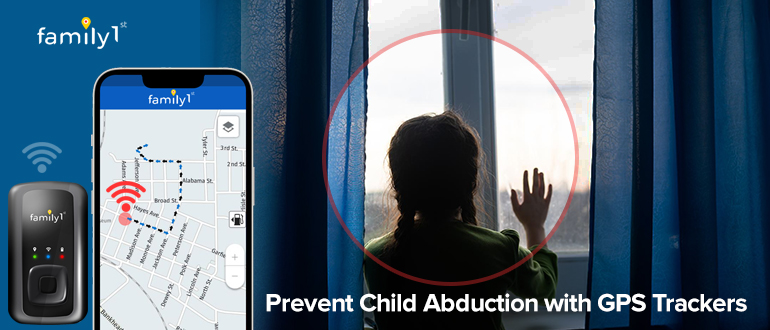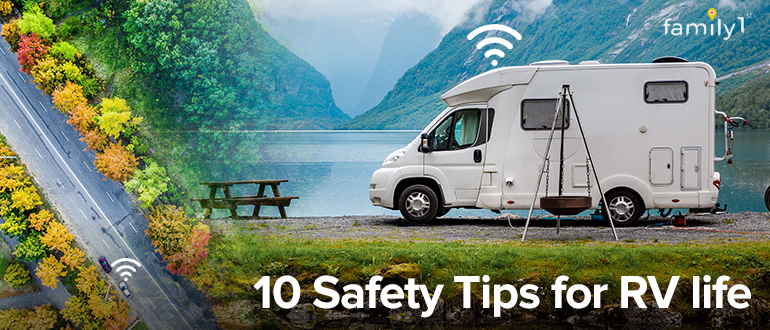Driving a vehicle in traffic is not just a way of traveling or commuting – it is a huge responsibility. That is why, before getting a license, you must clear several exams and tests to ensure you can drive safely. But that is not the end. To be completely safe on the road, you need more than a license; you need tools, such as a GPS tracker, that help you navigate the traffic and avoid mishaps. More importantly, you need focus. Any distraction, even for a second, could lead to an unfortunate accident.
We know that GPS tracking devices have been a huge help in reducing the number of accidents, and they have also proved their utility in vehicle safety, fuel optimization, time management, and more. But did you know these devices, especially the built-in ones, can distract the driver? While trying to see the best route or checking for a sudden alert, you could lose focus from driving.
So, no matter the type of GPS you use – in-built, portable, or phone – you must be vigilant. As you read on, you will find our top 5 safety tips on using GPS while driving. These tips have been collected from other drivers and tested by Family1st staff.
We have also provided a solution to ensure ‘extra safe’ journeys. Keep reading to find out.
Table of Contents
Safety Tips for Drivers Using GPS Systems
Place the Device Safely for Clear Viewing
For safe navigation, position your GPS device or smartphone app at eye level. Avoid holding or leaving it freely on the dashboard, as this poses safety risks. Many find it comfortable to glance at a windshield-mounted GPS. So, you may opt for a suction cup device to mount it on the windshield, but check local laws as some places prohibit windshield attachments.
2. No Programming While Driving
Texting while driving is a known hazard, and so is programming your GPS on the go. Surprisingly, many individuals input addresses into their GPS systems while actively driving. Doesn’t it sound dangerous?
So, input the destination before you start driving. If adjustments are needed, pull over safely. Diverting attention to the GPS screen, even for a few seconds, increases the risk of accidents. Statistics show how even 5 seconds of eyes away from the road may prove to be a recipe for accidents.
3. Use Audio Guidance
Most GPS systems have audio settings for verbal directions while driving. It is a safer way to navigate, keeping your eyes on the road. Adjust the volume appropriately, avoiding clashes with background sounds. Rely on auditory guidance for a secure journey.
4. Keep Your Software Updated
Routes evolve daily due to traffic, construction, and infrastructure updates. In busy cities such as New York. So, keep your GPS software current to stay clear of extended routes or dead ends. Personalize your preferences, opt to bypass tolls, or stick to major highways.
Regularly check for software updates to stay ahead of any changes in the road network. This practical approach ensures your GPS provides accurate and efficient routes. This will enhance your overall driving experience and save you valuable time.
5. Relying on Instincts
GPS is helpful, but it’s not perfect. It is important to realize that GPS Systems give inaccurate results and might occasionally lead to confusion or incorrect destinations. Support its directions with street signs and construction alerts. If the GPS seems wrong, pull over, and reassess using your judgment. Take a moment to check your surroundings, ensuring a safe and accurate route. Remember, your instincts are valuable for a secure and stress-free journey.
Extra Safety Tips for Safe Driving by NHTSA
National Highway Traffic Safety Administration(NHTSA) shares a detailed guide of safety tips. Some of them are:
Carry the Necessities
Even a well-maintained vehicle might face issues, so it’s wise to assemble an emergency roadside kit to keep on hand. A mobile phone, a must in this kit, allows you to seek help promptly and wherever you may be. Here’s a list of recommended emergency roadside kit contents:
- Mobile phone and charger
- Basic first aid kit
- Flashlight
- Flares and a white flag
- Jumper cables
- Tire pressure gauge
- Jack (with a ground mat) for tire changes
- Work gloves and spare clothes
- Essential repair tools and duct tape (for temporary fixes to hose leaks)
- Water and paper towels for cleanup
- Nonperishable food, potable water, and essential medicines
- Extra windshield washer fluid
- Maps
- Emergency blankets, towels, and coats
Assembling this emergency kit ensures you are well-prepared for unexpected situations on the road. So, always make sure that you have it ready at all times.
Keep Your Loved Ones Informed
Before going out, make sure you inform your family or loved ones about your whereabouts and expected time of travel. Also, even if you are using a GPS car tracker, it is still good practice to analyze the weather and the route before you start traveling.
How to Ensure Added Safety and Security while Driving?
Even if you follow these steps, it is still unsafe to look at navigation maps while driving. You need to hunt for better and safer options to ensure safe driving. And for this purpose, we have the perfect solution: Family1st portable GPS tracker.
With the Family1st tracker, you get the most reliable safety option with you. It’s compact structure makes it easy to install anywhere. You can mount your phone or tab on the dashboard and use the Family1st app for all your tracking needs. You can request to configure the device to update at certain time intervals, such as every 5 or 10 minutes, while in motion. And keep your focus on driving.
Key Features
- Real-time tracking is available on the app
- It comes with 4G connectivity
- Create up to 10 Geofencing zones (specify the radius (between 600 – 900 ft) and get notified if someone exits/enters them
- Water-resistant and extended battery life of up to 2 weeks*
- Travel History is also available
Rest assured that Family1st has got your back at all times. With our 24/7 email support and weekday call support, you can rely on us to address any questions or concerns you may have promptly. We prioritize the safety and security of you and your loved ones, which is why all our products are meticulously crafted to meet your needs. Trust us to provide you with the protection and peace of mind you deserve.
To Summarize
Being a responsible driver includes using GPS Systems responsibly, staying focused, and preventing accidents. Distracted driving caused by GPS is a real risk. You can reduce potential dangers by pre-entering locations, using audio directions, and regularly updating your GPS. Correct placement, auditory guidance, and most importantly, your instincts are vital safety weapons. Choose the Family1st portable GPS tracker to ensure that your safety is never compromised.
If you wish to learn more about our portable GPS tracker, book a call with us now.











Next
Previous